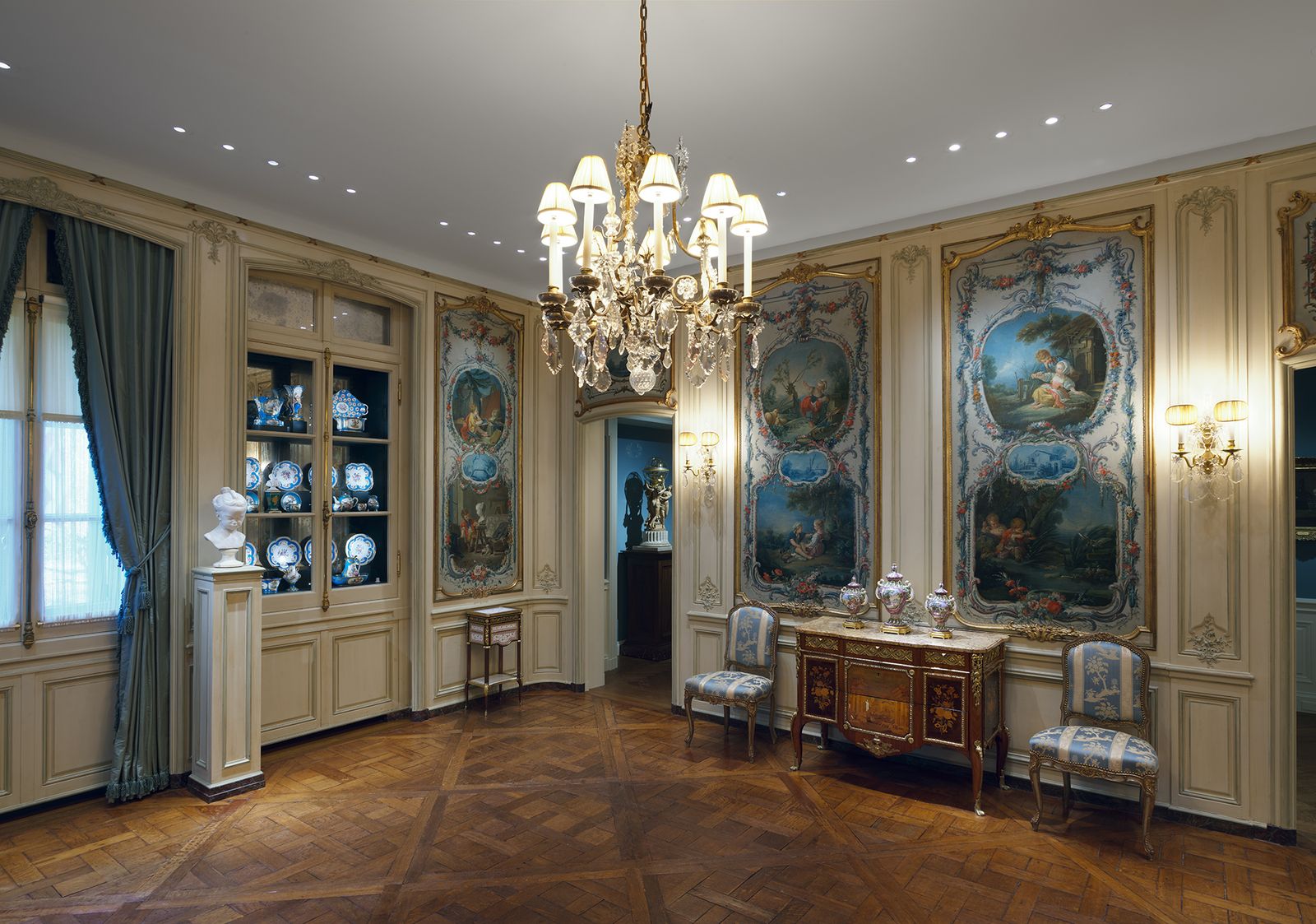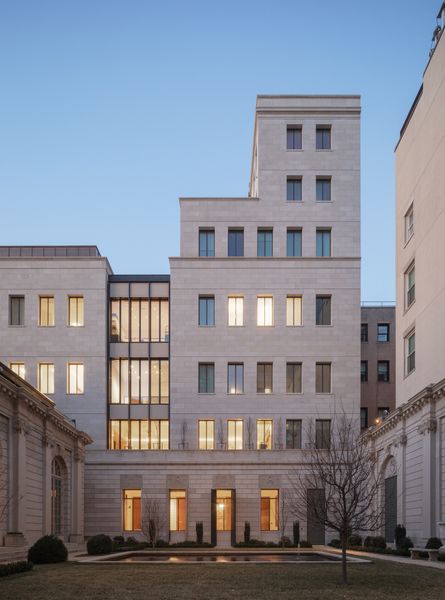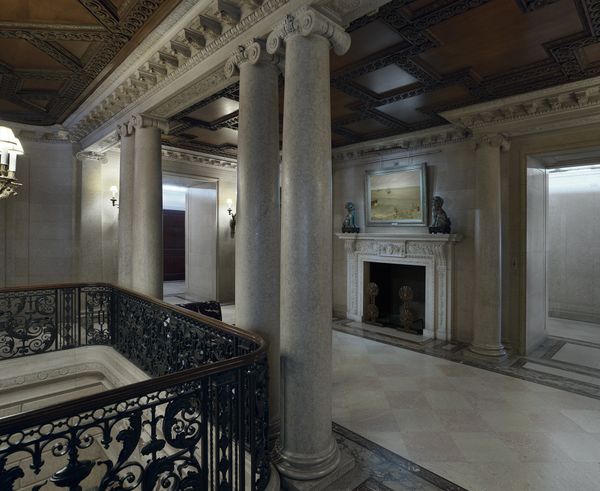After a lengthy renovation, the Frick is back. Dwell’s executive editor returns to the famed institution to assess its much-debated $330 million update.

For lovers of house museums, there is little better than the Frick. The former home of the titular Henry Clay Frick on East 70th Street in New York’s Upper East Side is ostensibly an art museum, as it houses the American industrialist’s formidable collection, but as fans know, it’s more than that: the house itself is the art.

A view into the Frick’s famously serene garden court—which received fresh skylights—from the new addition to the building. The project was designed by Selldorf Architects, while Beyer Blinder
Belle Architects & Planners worked as executive architects.
Photo by Nicholas Venezia, courtesy of The Frick Collection
So it was with real excitement that I stepped through its doors for the first time after its five-year closure on one of New York’s first real spring days, a little bit nervous and a lot just happy to be back. I wasn’t alone; it felt like every attendee at the press preview was a true fan of the original 1914 building, and ready to be a fan of its rework and additions. Even the architect on the project, Annabelle Selldorf of Selldorf Architects, admitted in her opening remarks that she was “quite emotional” seeing everyone there.

The facade of the building, new and old, as seen from the entrance on East 70th street. The reworking included 27,000 square feet of additional space and repurposed 60,000 square feet of existing space.
Photo by Nicholas Venezia, courtesy of The Frick Collection
The draw of a good house museum—whether the Frick considers itself one or not—and particularly a historical one is the idea that it is as close to what it looked like when it was first built as possible. But we all know that’s a fiction; after all, it is not 1914 anymore, and the Beaux-Arts mansion’s original designers, Carrère and Hastings, famed architects of the Gilded Age, are long gone. As are those that made many of the tweaks to the building over the years, particularly when it was first converted into a museum in 1935, per its late owner’s request, by John Russell Pope, who added the nine-story art research library; or in 1977, when the 70th Street garden was notably added, along with a reception hall and the (cramped) basement special gallery rooms. “People tend to think the Frick has never changed; in fact, the Frick has withstood a number of changes,” Xavier F. Salomon, deputy director and Peter Jay Sharp chief curator of the Frick Collection said before we were released to explore the museum, which opens to the public Thursday April 17.

The second floor, seen here from the landing, was previously inaccessible to visitors.
Photo by Joseph Coscia Jr., courtesy of The Frick Collection
See the full story on Dwell.com: The House Museum of All House Museums Reopens, and It’s Better Than Ever
Related stories: